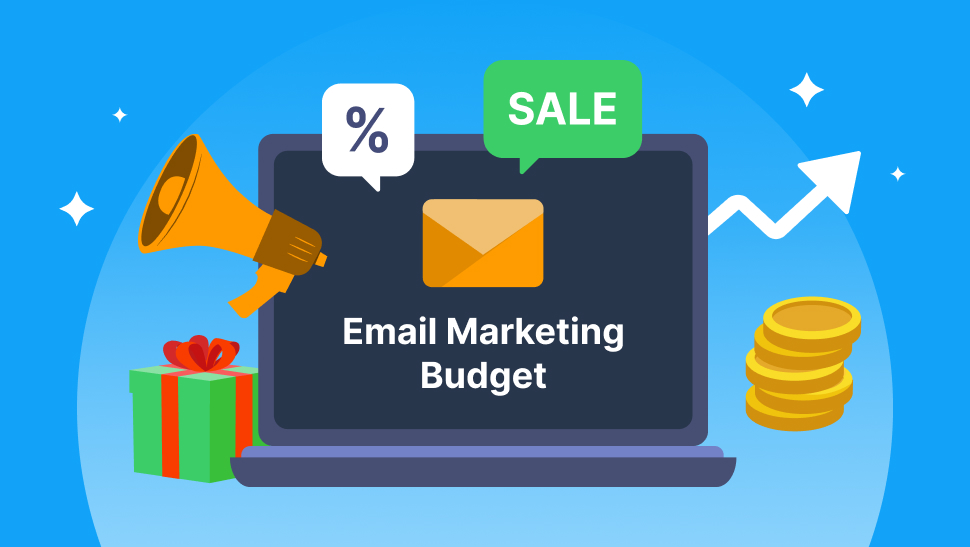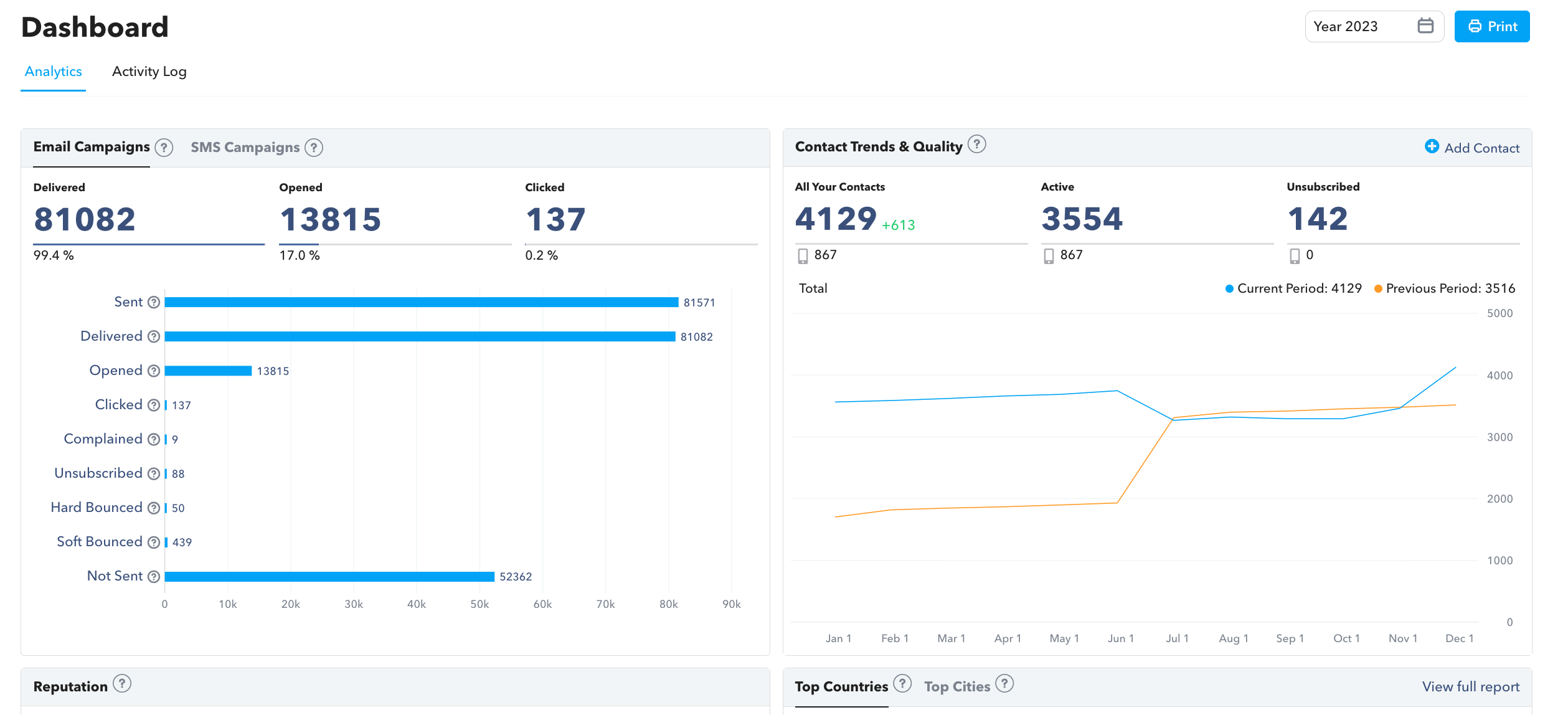For non e-commerce businesses, allocating the right budget to email messaging and marketing is a strategic decision that requires careful consideration. In this article, we'll delve into the factors that influence how much a non e-commerce business should spend on email marketing, offering insights and practical tips to maximize the impact of your campaigns.
Table of Contents
- Understanding the Importance of Email Marketing
- Strategies for Optimizing Your Email Budget
- Conclusion

Understanding the Importance of Email Marketing
Email marketing is a versatile channel that goes beyond just driving sales for e-commerce businesses. For non e-commerce companies, it serves as a direct line of communication with customers, fostering brand awareness, enhancing customer engagement, and supporting various business goals. As such, determining the appropriate budget for email marketing is critical for optimizing its impact.
Factors Influencing Email Marketing Budget
Business Size and Resources
Small and mid-sized businesses may have limited financial resources compared to larger enterprises. Consider your business's size and allocate a budget that aligns with your financial capacity. Smaller businesses will want to consider an affordable powerhouse of an email software versus an expensive one that can do the same tasks.
Industry Benchmarks
Research industry benchmarks to gain insights into what other non e-commerce businesses are spending on email marketing. While benchmarks provide a reference point, remember that your business's unique characteristics may warrant adjustments to the budget.
Business Goals
Tailor your email marketing budget to align with your business objectives. Whether it's building brand awareness, driving customer engagement, or generating leads, your budget should reflect the priorities that support these goals.
List Size and Frequency
The size of your email subscriber list and the frequency of your campaigns impact costs. Larger lists and more frequent communication may necessitate a higher budget. However, maintaining a clean and engaged list is crucial for cost-effectiveness.
Technology and Tools
Invest in email marketing tools that suit your business needs. Consider the features offered by different platforms and choose tools that provide value without unnecessary expenses. Account for costs related to list management, automation, analytics, and A/B testing.
As mentioned before, email marketing tools like Mailchimp have started to become less popular with smaller businesses, especially non-ecommerce businesses, such as service-based businesses. This is due to the high cost and more advanced technology that does not serve non-ecommerce businesses. A truly affordable, user-friendly platform, like TruVISIBILITY, has every tool other email platforms have and more. You can view pricing based on your business needs below.
Content Production
Quality content is essential for the success of your email campaigns. Alocate a budget for creating compelling content, including graphics, copywriting, and multimedia elements. Well-designed and targeted emails can significantly enhance engagement.
Testing and Optimization
Dedicate funds to A/B testing and optimization efforts. Analyzing data and adjusting strategies based on performance metrics is crucial for refining your approach over time. Testing allows you to identify what resonates best with your audience.
Compliance and Security
Budget for compliance with email marketing regulations such as GDPR or CAN-SPAM to avoid legal complications. Invest in cybersecurity measures to protect customer data, maintaining trust and credibility.
Strategies for Optimizing Your Email Marketing Budget
Segmentation and Personalization
Invest in tools that enable segmentation and personalization of email campaigns. Tailoring messages to specific audience segments increases relevance and engagement, ultimately maximizing the impact of your budget.
How can you segment and personalize your emails easily? TruVISIBILITY’s Messaging app has countless ways you can tag and segment contacts into groups. Targeting young adults? That can be a group. Sending messages to new contacts who joined your subscription list in the past 3 months? That can be a list, too.
Personalize your email messages by placing the name of each individual contact in your subject line. Simply type “@” and select “First Name” in TruVISIBILITY’s Messaging tool as you are creating your email blast or campaign. You can also choose to personalize each email by last name, gender, phone number, date, or whatever tag you’d like to add. See more about personalization with Messaging here.
Automation for Efficiency
Leverage automation to streamline your email marketing processes. Automated workflows can handle routine tasks, ensuring timely and targeted communication without requiring extensive manual effort.
Monitor and Adjust
Regularly monitor the performance of your email campaigns. Analyze key metrics such as open rates, click-through rates, and conversion rates. Use this data to identify areas for improvement and adjust your strategy accordingly. Though most email software on the market shows you these common analytics, not all give an in-depth look or solution for improving bounce rate.
TruVISIBILITY, for example, gives you options to improve your reputation by warning you about sending limited-time relevant messages to contacts who may not receive the email right away, such as contacts with a new, pending, or soft-bounced status.

Utilize Analytics for Decision-Making
Invest in analytics tools to gain deeper insights into customer behavior. Understanding how recipients interact with your emails allows you to make data-driven decisions, optimizing your budget for the most effective strategies.
Stay Informed About Trends
The digital landscape is dynamic, with trends and technologies evolving rapidly. Allocate a portion of your budget to staying informed about industry trends and adopting innovative email marketing strategies that align with your business goals.
Conclusion
Determining the right budget for email messaging and marketing is a strategic decision that requires a thoughtful approach. For non e-commerce businesses, it's about recognizing the unique role email plays in achieving business objectives beyond direct sales. By considering factors such as business size, industry benchmarks, and specific goals, you can allocate a budget that optimizes the impact of your email campaigns.
At TruVISIBILITY, we understand the importance of effective email marketing for non e-commerce businesses. By investing wisely and employing strategic approaches, you can harness the power of email to build lasting connections with your audience, enhance brand visibility, and achieve your business goals. For more insights and guidance on optimizing your email marketing strategy, explore our resources at TruVISIBILITY.
Want to receive more articles?
Sign-up for our weekly newsletter to receive info that will help your business grow



